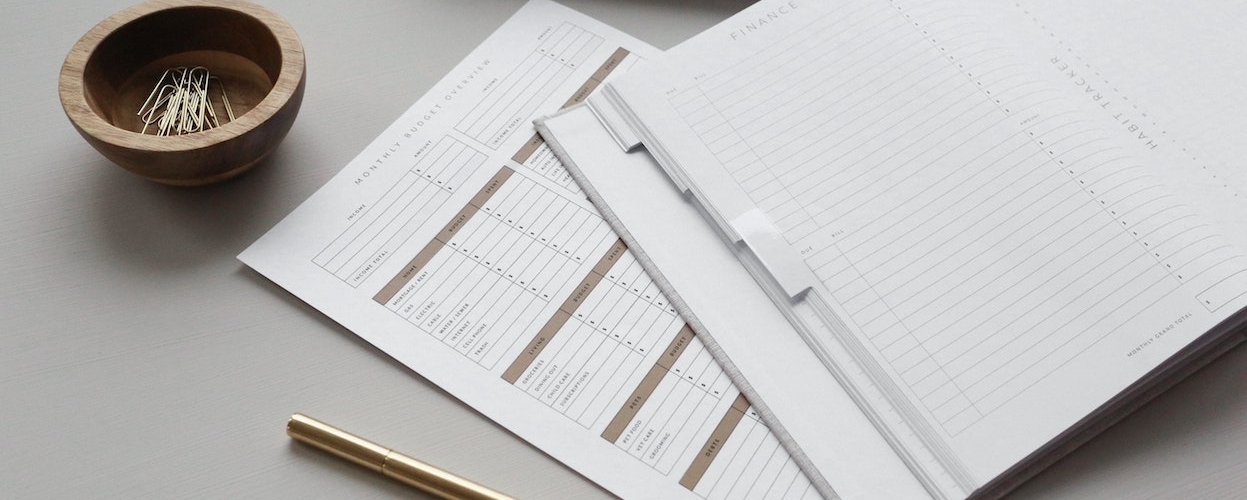As business owners begin to reopen their storefronts and restart operations, it’s an opportune time to update your small business budget. Or if you run a new business and have never used this cash flow tool before, it’s a good time to develop a budget.
Here are some tips for business budgeting that a small business owner can implement right now and next year.
Ways to create a small business budget
1.Assess the changes in your financials
More than likely, the pandemic has impacted your small business in some way. That could mean significantly less revenue, as well as changes in fixed and variable costs.
Perhaps these changes are due to fewer customers, or maybe you had to close your business temporarily to comply with local regulations. Maybe you found an alternative way to maintain some cash flow or perhaps not.
In any case, 2020’s financial results aren’t going to look like those from last year. Review your records to see if you need to add any new business expenses to your budget, then take a look at the balance sheet to determine if you should use a revised revenue figure as your budget baseline.
The best way to see accurate changes in your financials compared to the last version of your business plan is by using accounting software. These financial tools serve as an automated bookkeeping partner to assess the current and future state of your business finances.
2.Apply financial forecasting
If the pandemic has taught us anything, it’s that the future is even more challenging to predict than we thought. No one could have foreseen the way COVID-19 continues to impact both business and life. At the same time, in many ways, this epidemic has helped us better understand how a small business can address and even plan for uncertain future operations.
Financial forecasting is a strategy designed to estimate your business’s future financial status. By examining past financial data, a breakdown of expenses, and your company’s financial reports, you get a clear baseline picture of your company’s prior financial status.
Once you have that, plug in the current year’s financials. The financial forecasting tool can then combine these data sets to estimate future sales volumes, variable expenses, and the amount of money necessary to sustain operations. You’ll be able to try different scenarios to get projections for profit and loss statements, balance sheets, and other financial statements.
You may not have a clear picture of the future. Now more than ever, we know to expect the unexpected. However, the insights from financial forecasting can help you plan your revised business budget.
3.Increase your emergency fund
Before you put that new small business budget in writing, there are other financial decisions to make and business needs to address. Does your small business have an emergency fund or any cash reserves that helped you during the pandemic? If so, do you have any cash left?
Even if you received a business loan during the pandemic, you may now realize the value of having emergency funds as a backup. This essential stash of cash is an important addition to your business budget. If it’s depleted, build it back up.
When examining what you have now and your financial projections, determine a figure you can set aside each month to fund this critical account. Eventually, your emergency fund should cover at least three to six months of business expenses.
4.Prioritize debt repayment
If you didn’t have an emergency fund or it ran dry, you may have started to finance parts of your business with a business loan or line of credit. Get your financial house in order now as you develop your new budget by making debt repayment a key line item and future goal. Determine which business loans must be repaid and if any can be forgiven. Plan for those payments accordingly.
5.Create your small business budget
Now that you have all the data for your budget, and you’ve set financial goals, such as saving for an emergency fund and paying down debt, it’s time to create a picture of that information. Instead of typing figures into an Excel spreadsheet and using that as your budget spreadsheet, try one of the many business budget templates available for organizations of different sizes and types.
Jotform offers many business budget form templates that simplify how you collect expense data, define income sources, and account for unexpected costs. There are also Jotform Tables templates that can assist with budget formatting so you can better visualize your cash flow. It’s possible to have the expense form data automatically added in, saving you time and minimizing frustration.
Getting the most from small business budgeting
You can sustain your business success when you leverage a detailed, strategically designed budget as your company’s spending and saving roadmap. In the process, you’ll find it easier to meet the financial goals you set for the company and be prepared if and when the unexpected occurs again.
























Send Comment: